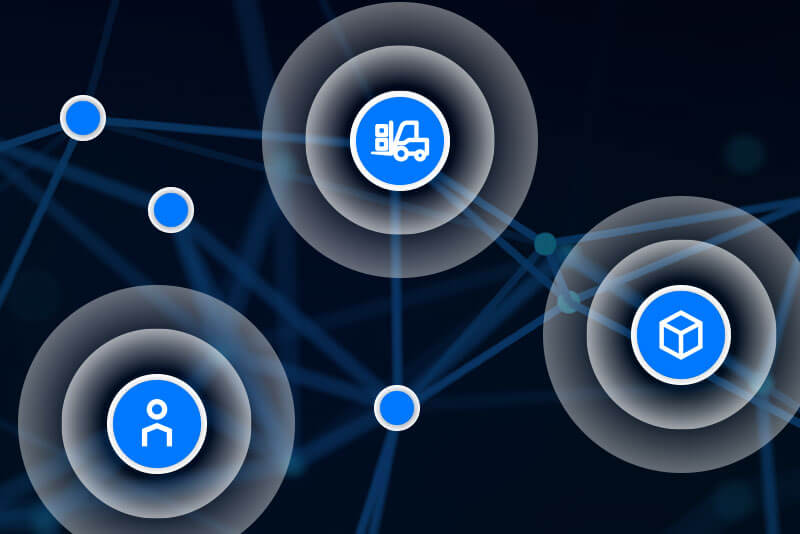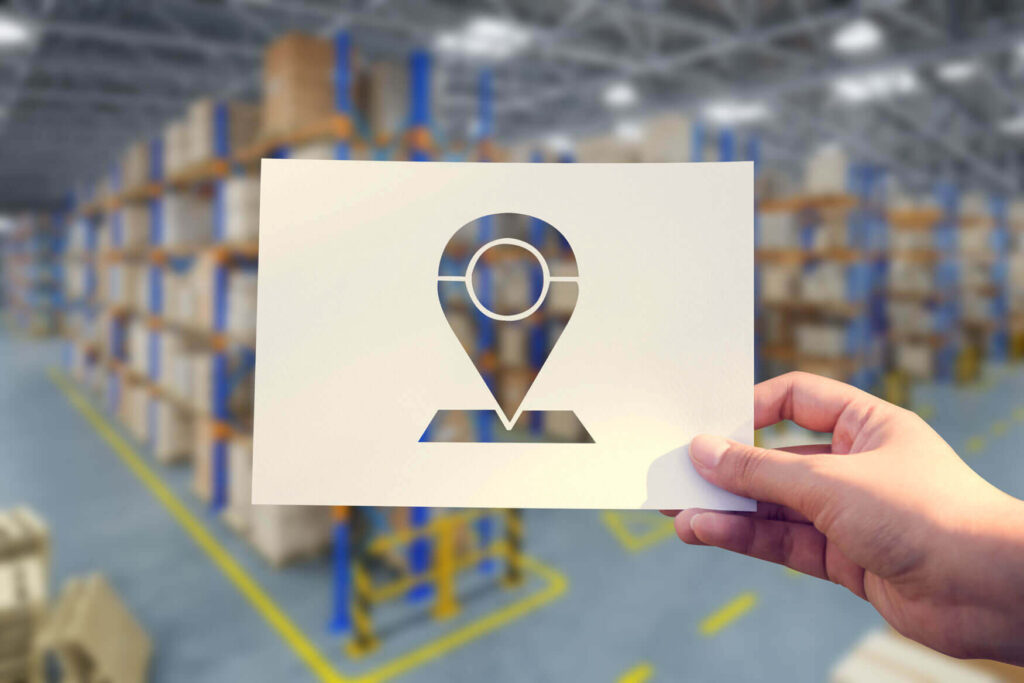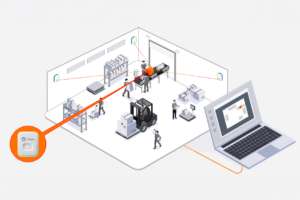Contents
Real-Time Location Systems (RTLS) can track and manage the location of assets and employees instantaneously. It does this by using tags or badges that send signals to receivers placed around an area. This technology is becoming increasingly popular for businesses as it offers many benefits, such as creating a more intelligent and efficient workplace.
However, when choosing an RTLS partner, there are several factors to take into consideration. In this blog post, we will explore three of the most important ones. Keep reading to learn more!
Criteria to Consider in Choosing an RTLS Partner
When choosing an RTLS partner, ask yourself these questions first:
Do they have a solid track record?
The first thing to consider is the vendor’s experience in your industry. Does the vendor have a proven track record in working with clients in your industry? If not, they may not be familiar with the specific challenges and conditions that are present in your industry.
A key question you should ask yourself before choosing an indoor location service provider is how they stack up against other companies that provide similar services. RTLS for indoor locations are still relatively new and therefore there isn’t much data on their performance yet, but they should be able to provide use cases on how their application has improved other businesses.
You need someone who can help make sure everything runs smoothly, especially with enterprise-wide solutions. They should have enough experience to handle stressful working conditions such as those found at industrial sites and warehouses or in hospitals that highly value patient care. These applications require systems that can work 24/7/365.
When choosing an RTLS partner, it is important to consider the company’s experience and expertise in the field. The company should have a good understanding of how RTLS works and be able to offer advice and support on choosing the right solution for your needs. It is also important to consider the company’s track record in terms of customer satisfaction and delivery timescales. The company should be able to provide you with references from satisfied customers who can attest to the quality of their products and services.
What level of support do they offer?
Another important factor to consider is the vendor’s ability to provide support for your specific needs. Make sure to ask about the level of support that the vendor can provide and what kind of SLAs (service level agreements) they can offer.
You don’t want to reduce costs by leaving out additional support services for installed RTLS devices. Choose a partner that offers ongoing support and maintenance, so you can be confident your RTLS system is always up and running at optimum operational efficiency.
Do they provide staff training for using the system?
One of the most important things to consider when choosing an RTLS partner is whether or not they provide staff training. Implementing new technology always involves a learning curve for staff and a commitment of time.
Personnel who are properly trained in how to use the RTLS hardware and software will be less resistant, and more confident in using an RTLS system. After all, the employees are the experts in their field. And if they’re fully trained, they’ll be able to take advantage of the many time and cost-saving benefits of the powerful data that an RTLS system generates.
Be sure to ask what the end-user practical and technical training involves. Does your prospective RTLS partner offer on-site training? Do they have a robust training program that covers all aspects of the system? What kind of support do they offer after training is completed?
These are all important factors to consider when choosing an RTLS partner.

What kind of RTLS tags can they provide?
Make sure the company you choose has extensive experience in your industry, as this will ensure they understand your specific needs and can provide a tailored solution. Your organization’s needs in terms of tags will likely determine the type of RTLS partner you choose.
Different RTLS providers offer different types of tags, each with its own strengths and weaknesses. Some tags are better suited for tracking personnel, while others are better for patients or assets.
For example, if you need to track personnel, vehicles, or assets in an industrial environment, look for a tag that has a long battery life and is rugged enough to withstand harsh conditions. In contrast, if you’re tracking sensitive and expensive medical equipment in a hospital, you’ll need a tag that is more accurate and precise. Ultimately, choosing the right RTLS partner comes down to understanding your specific needs and selecting a provider who can meet them.
Choose a partner that can offer a comprehensive RTLS solution, including hardware, software, and services. This will ensure you have everything you need to get up and running quickly and efficiently.
Does it have an API to connect to existing software?
When choosing an RTLS partner, one key question to consider is whether or not the RTLS has an API integration. An API (Application Programming Interface) allows other software applications to communicate with the RTLS, opening up a world of possibilities for data exchange and automation.
Real-time locating systems with API integration provide many benefits.
First, it allows you to connect the RTLS with your ERP or WMS system, providing real-time visibility into inventory levels and locations. This can be a critical tool in managing your supply chain and ensuring efficient order fulfillment.
Second, an API-enabled RTLS can give you more control over your data. You can easily pull reports and analytics to gain insights into your operation, and make changes on the fly to improve efficiency.
However, not all RTLS providers offer API integration. If this is a key requirement for your business, be sure to ask potential providers if their system is API-enabled. And, when considering an RTLS with API integration, be sure to check out the documentation to ensure it is complete and easy to use. A well-documented API will make integration and adoption much easier.
How scalable is the system?
If you only need it for one hall now, will it be able to cover multiple halls in the future?
You may be starting with just one hall and tracking your nine forklifts to improve your overall equipment effectiveness. But as soon as you expand, you would like to include another two halls to be monitored by the RTLS system that is currently in place.
Make sure the RTLS provider can cover the entire area you need to track, now and in the future. The system should be able to expand easily to other halls or buildings if needed.
If you only need to track a few forklifts now, will it be able to track thousands of objects if your business expands?
RTLS solutions should be able to track the number of objects you need, now and in the future. If you plan to add personnel tracking or monitor more forklifts, for example, the system should be able to accommodate this easily. It should also be easy to use and deploy so that you can start using it as soon as possible. It should also be easily expandable to other areas and objects so that you can use it for all your needs in the future.
You’ll want to make sure that the vendor has a robust and scalable platform that can grow with your needs. If you’re worried about the future success of the system, ask about the features and functionality of the platform and whether or not it can be customized to meet your specific requirements.

Does the system have downtime you should be aware of?
The difference between a company’s uptime and failing to meet that standard can have serious consequences for mission critical RTLS projects. Well-established RTLS providers set their SLAs at 99%. This means they’re achieving an average of only 8 hours of downtime per year and this is considered very reliable in this industry.
The RTLS should have the capability to monitor system health and trigger an automatic reporting mechanism. It not only prevents basic issues such as discharged batteries but also unexpected and critical events that could occur in the facility.
What’s the cost of the system?
When choosing an RTLS partner, it is important to consider the total cost of ownership for the solution. This includes the upfront cost of installation as well as the recurring costs of tags and other consumables.
Installation costs can vary depending on the technology used. Infrared systems tend to be more expensive to install, as they require support in each room being monitored. Other factors such as whether you need to have cables for ethernet connected to your system should also be considered when estimating installation costs.
Passive RFID tags are relatively very inexpensive compared to active radio frequency identification, while WiFi tags can be considerably more costly. Depending on your needs, one type of tag may be more suited to your application than another.
Global RTLS Company: Litum - The Best RTLS Partner
Litum is experienced in designing and deploying RTLS solutions. We have been designing and deploying RTLS solutions for over 10 years and have deployments in over 45 countries. This experience ensures that we can provide a best-in-class solution that meets the specific needs of your organization.
We are also committed to research and development. Litum invests heavily in R&D in order to stay at the forefront of RTLS technology. This commitment allows us to offer cutting-edge features and functionality that can give your organization a competitive edge.
Litum’s customer service and support teams are available 24/7 to help you with any issues that may arise. We also offer a variety of training and education resources to help you get the most out of your RTLS solution.




